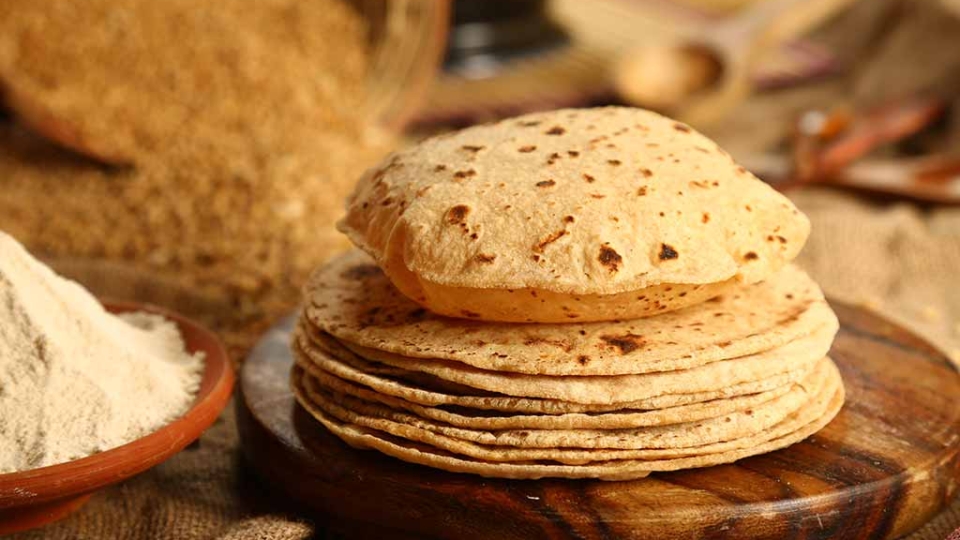
Healthiest Indian Rotis & Breads Explained
Healthiest Indian Rotis & Breads: What to Eat and Why
Indian cuisine is known for its variety of breads – from the simple roti to buttery naan and stuffed parathas. But with health becoming a major concern, many are re-evaluating which type of bread is better for nutrition, digestion, and weight goals.
Let’s break down the most common Indian breads and rotis, starting with the healthiest choices.
🥇 1. Multigrain Roti – The Most Balanced Option
What it is: A blend of whole wheat with other grains like bajra, jowar, ragi, maize, and sometimes pulses like chana dal.
Why it’s healthy:
- Rich in fiber, protein, iron, and calcium
- Lower glycemic index than plain wheat roti
- Supports digestion and blood sugar control
- Keeps you full longer and reduces cravings
Best for: People looking to lose weight, manage diabetes, or eat a balanced daily diet.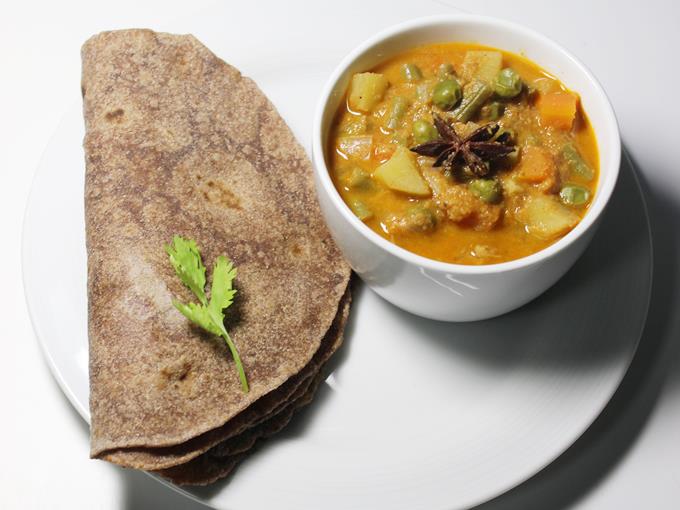
🥈 2. Jowar Roti (Sorghum Flatbread)
What it is: A gluten-free millet-based flatbread.
Nutritional Benefits:
- Packed with fiber, antioxidants, and protein
- A good source of iron and phosphorus
- Improves heart health and boosts metabolism
Digestibility: Light on the stomach, best eaten fresh and hot.
Best for: Gluten intolerance, digestive issues, weight loss.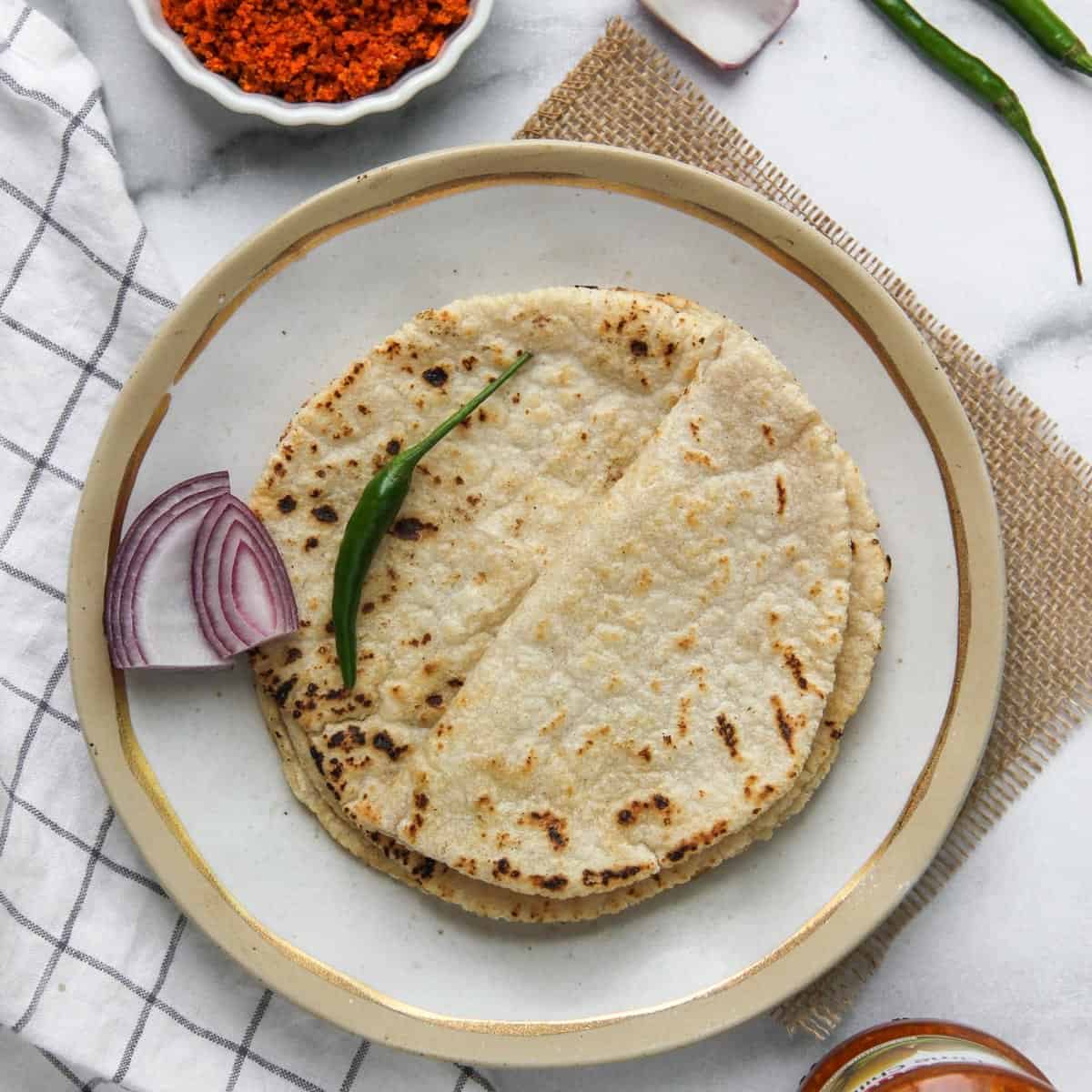
🥉 3. Bajra Roti (Pearl Millet Flatbread)
What it is: A roti made from pearl millet flour, mostly eaten in winter.
Nutritional Benefits:
- High in magnesium, iron, and insoluble fiber
- Helps regulate cholesterol and sugar levels
- Promotes warmth and stamina during colder months
Best for: Bone health, anemia, and high-energy meals.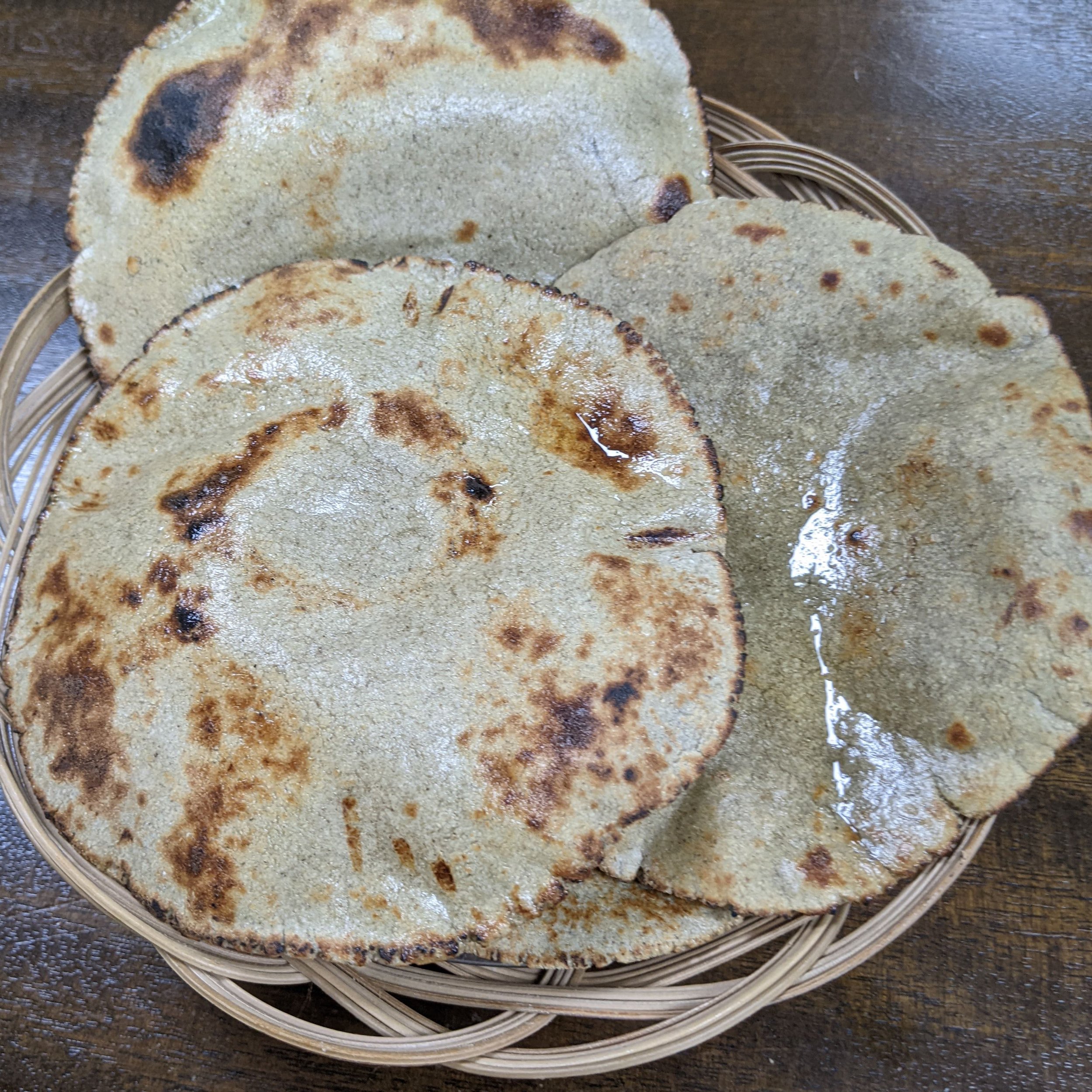
⭐ 4. Ragi Roti (Finger Millet)
What it is: Flatbread made from finger millet flour.
Why it’s special:
- Highest calcium content among millets
- Helps improve bone strength, manage blood sugar
- Rich in amino acids, iron, and fiber
Best for: Kids, elderly, bone health, and diabetics.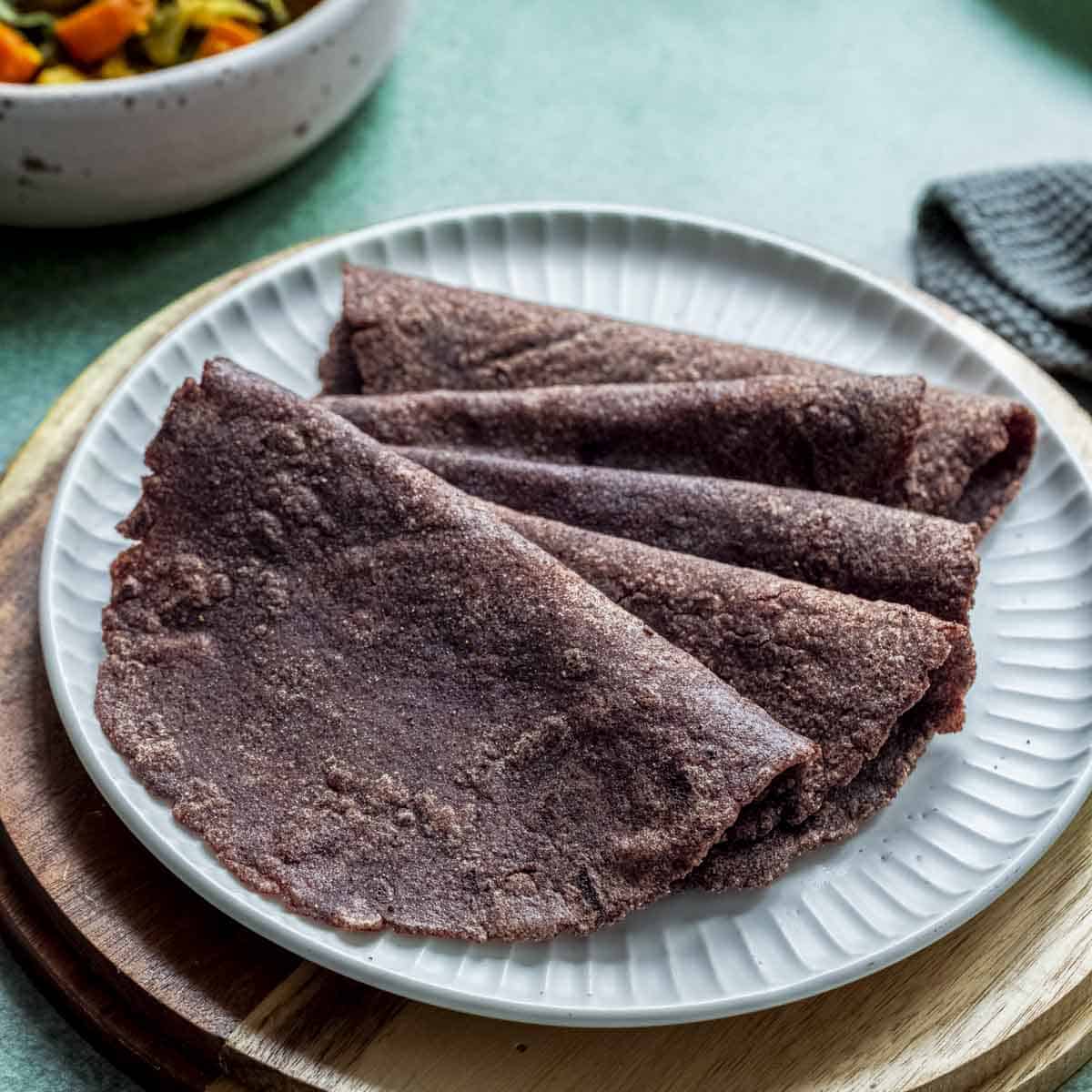
🟡 5. Whole Wheat Roti (Chapati)
What it is: The most commonly consumed roti in Indian households.
Benefits:
- Moderate source of fiber and B vitamins
- Easy to make, light on digestion
Downside: Lower in nutrients compared to millets or multigrain unless bran is added.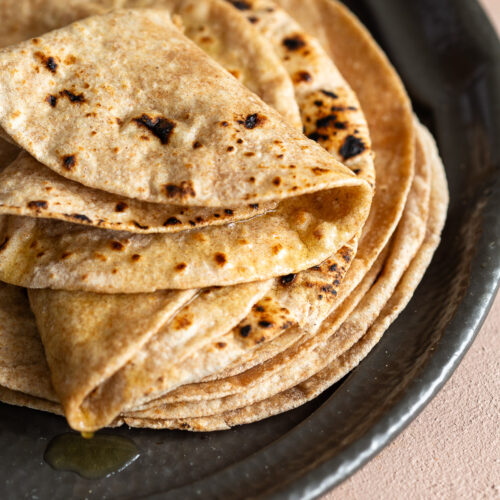
🥖 How Other Indian Breads Compare
Not all Indian breads are created equal. Here’s how popular options like naan, kulcha, and paratha stack up nutritionally:
❌ Naan
What it is: Leavened bread usually made with refined flour (maida), yogurt, and sometimes butter.
Concerns:
- Made with maida – low fiber, high GI
- Often cooked with ghee or butter
- May cause blood sugar spikes and digestion issues
Best avoided for daily meals or replaced with whole grain variants.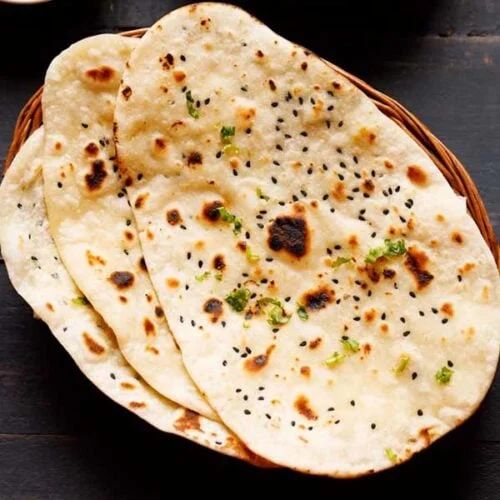
⚠️ Kulcha
What it is: Similar to naan but softer, often stuffed with potatoes or paneer.
Drawbacks:
- Also made with refined flour
- Heavy, low fiber, high in calories
- Not ideal for regular diet
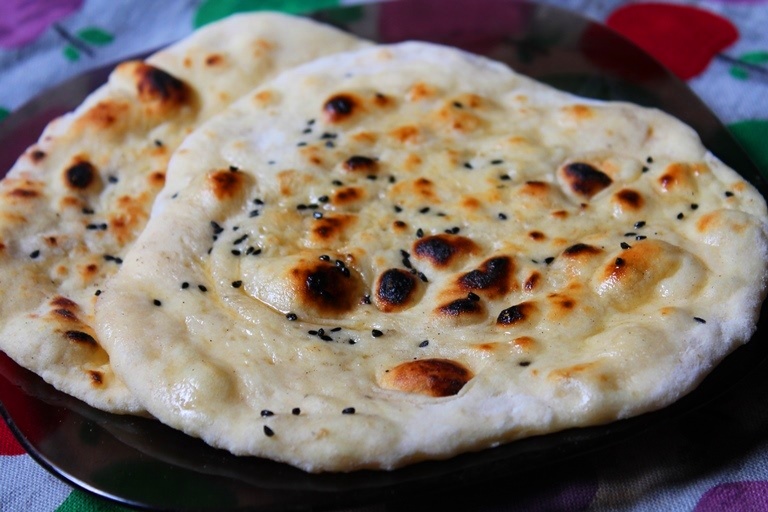
🧈 Paratha
What it is: Layered or stuffed flatbread cooked with oil/ghee.
Nutritional Pros and Cons:
- Whole wheat-based, so more fiber than naan/kulcha
- Can be healthy if dry roasted or made with minimal oil
- Stuffing (like paneer or methi) can add nutrition
Tip: Go for dry roasted or air-fried parathas to reduce fat intake.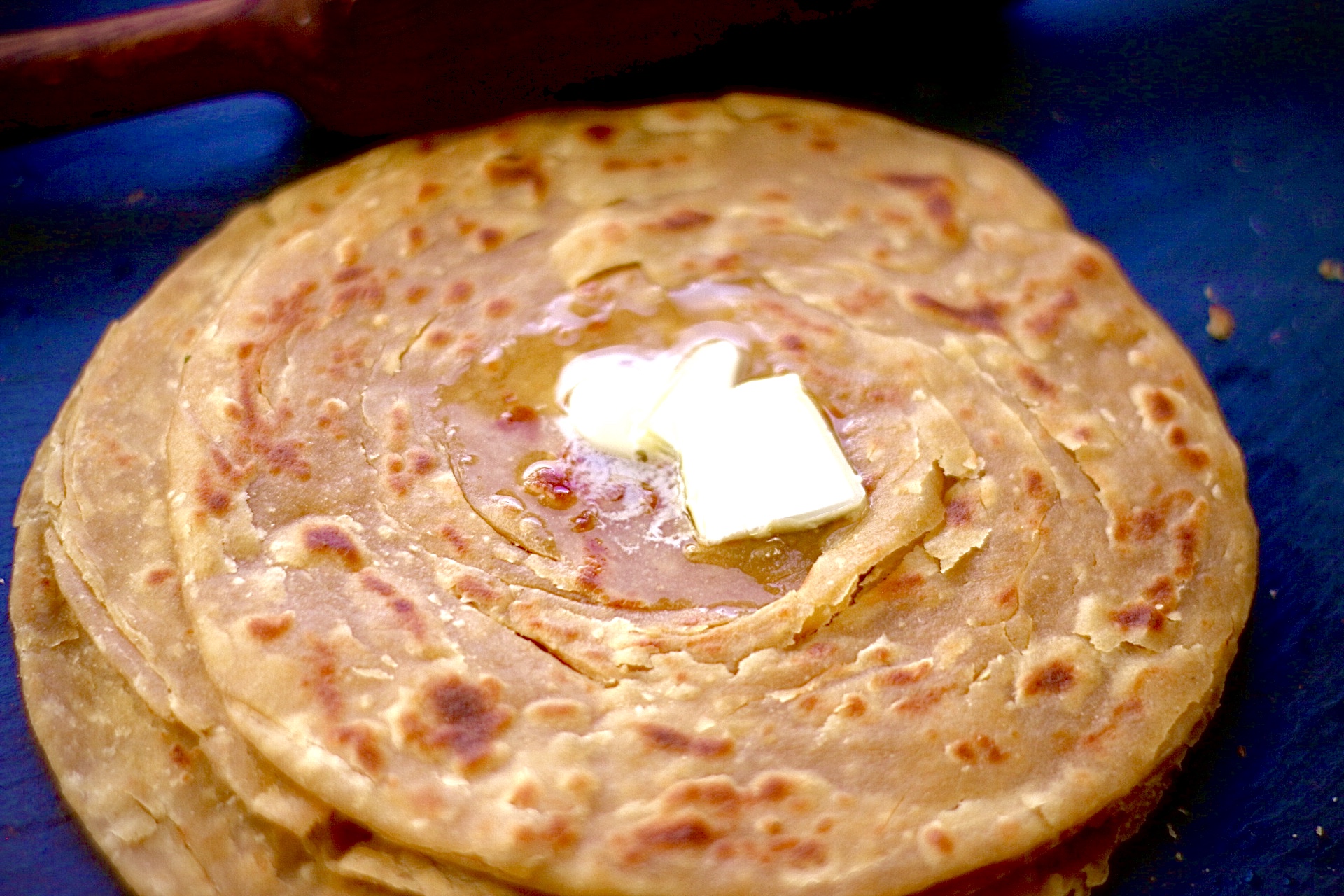
🍽 Other Notable Indian Flatbreads:
| Type | Made From | Nutrition Highlights |
|---|---|---|
| Makki Roti | Maize Flour | Good for winters, fiber-rich, low GI |
| Thalipeeth | Multi-flour + Veggies | High fiber, protein, and spices |
| Missi Roti | Besan + Wheat | Protein-rich, adds variety to meals |
| Tandoori Roti | Whole wheat (tandoor) | Better than naan, less oil |
📝 Final Thoughts
If you want to eat healthy without giving up on rotis, here’s what to remember:
- Multigrain and millet rotis are far superior in nutrients compared to wheat or refined breads.
- Rotate between jowar, bajra, ragi, and wheat to get a mix of minerals and fiber.
- Limit or avoid naan, kulcha, and heavily oiled parathas if you’re aiming for clean eating.
- Consider pairing your roti with high-protein sides like dal, paneer, or sabzi with seeds to complete the meal.













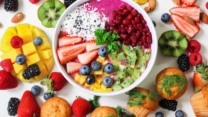
рулонные шторы автоматические [url=https://rulonnaya-shtora-s-elektroprivodom.ru/]рулонные шторы автоматические[/url] .
перепланировка помещений [url=https://soglasovanie-pereplanirovki-kvartiry4.ru]перепланировка помещений[/url] .
алко помощь наркологическая [url=http://narkologicheskaya-klinika-24.ru]http://narkologicheskaya-klinika-24.ru[/url] .
букмекерская контора мелбет сайт [url=https://www.melbetofficialsite.ru]букмекерская контора мелбет сайт[/url] .
онлайн трансляция под ключ [url=https://zakazat-onlayn-translyaciyu4.ru/]zakazat-onlayn-translyaciyu4.ru[/url] .
1xbet ?yelik [url=http://1xbet-giris-6.com]http://1xbet-giris-6.com[/url] .
рейтинг seo агентств [url=https://reiting-seo-kompanii.ru/]рейтинг seo агентств[/url] .